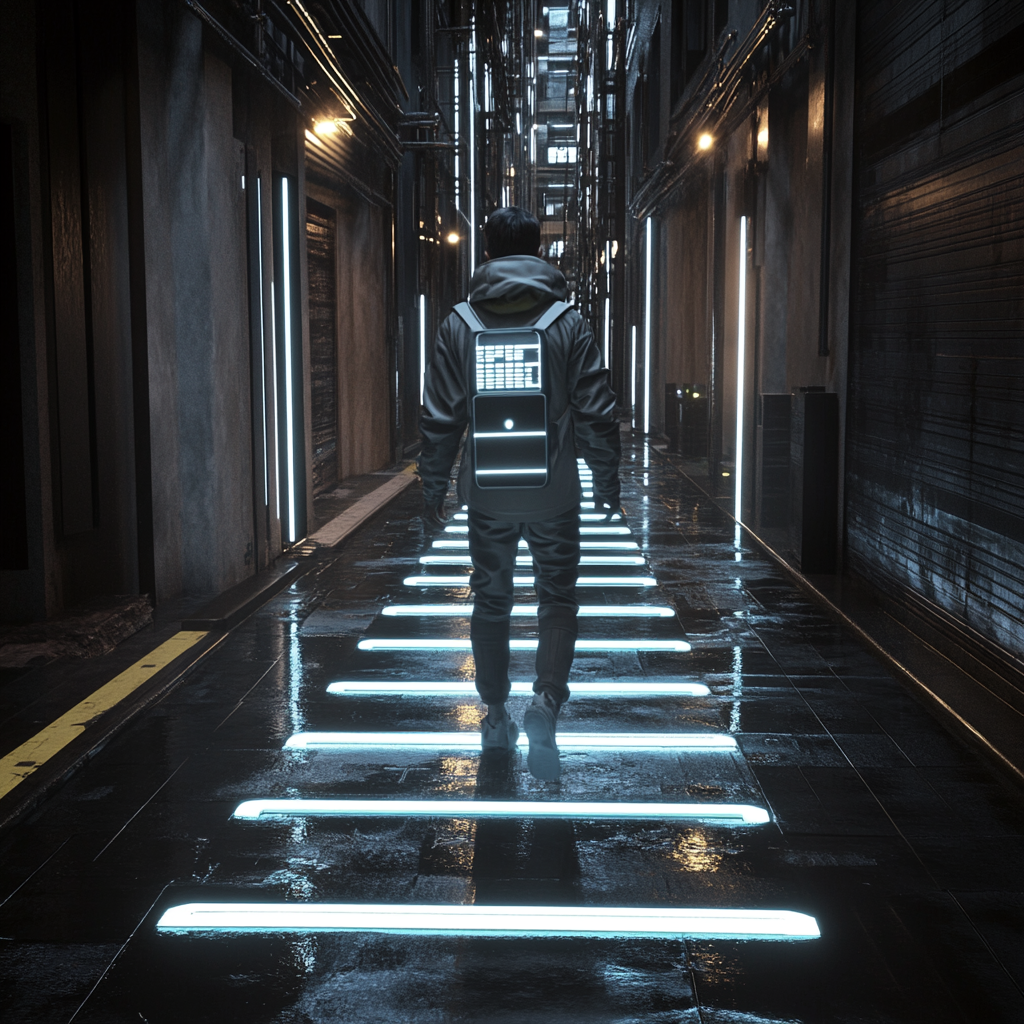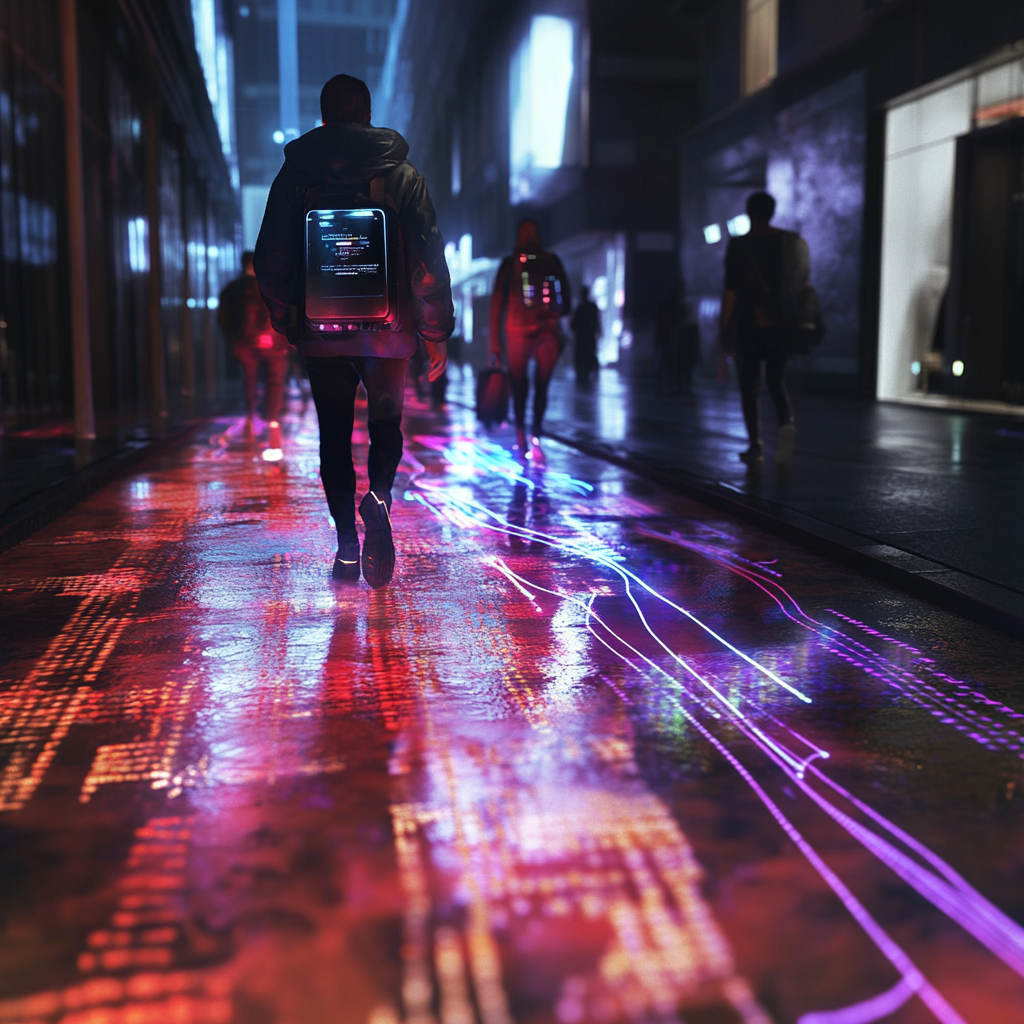AI
The Power of AI in Backpack Design and Marketing
Artificial intelligence (AI) has made a strong impact across various sectors, from visual content creation to optimizing manufacturing and marketing processes. At 1abackpacks.com, we believe that AI-based technologies can bring both a creative and practical approach to the backpack industry, opening up a range of possibilities for entrepreneurs, designers, and consumers. The combination of advanced algorithms, deep learning models, and image-generation tools enhances every stage of a product’s lifecycle. From design conceptualization to launching advertising campaigns, AI offers efficiencies and options that were unimaginable just a few years ago.
This creates a universe where smart backpacks, creative editing software, and predictive analytics systems shape products that are useful, attractive, and responsive to an increasingly demanding market. In this context, it’s essential to understand how various platforms leverage AI to transform both the customer experience and the competitiveness of those who manufacture or distribute backpacks.
Today, backpack producers and sellers can benefit from algorithms that analyze consumer trends, detect emerging patterns, and propose real-time adjustments, ensuring each collection aligns with changing public expectations. Likewise, consumers find more personalized and creative options, with designs that merge comfort, style, and technology. This symbiosis between human demand and algorithmic potential strengthens the value chain, connects generations of buyers, and elevates the backpack, a staple accessory for many, to a level of personalization and efficiency previously unknown. However, AI does not aim to replace the human touch or the craftsmanship that remains highly relevant; rather, it complements these elements, making innovation the central axis of production.
A Market in Constant Evolution

The backpack industry has been growing in tandem with social and technological changes. It’s no longer just a functional object for carrying belongings but a reflection of each user’s style and preferences. The needs of students, travelers, businesspeople, and athletes vary in aspects such as capacity, ergonomics, durability, and appearance, which has led to a diverse commercial offering. At the same time, AI is generating concrete solutions that revolutionize both design and how brands reach their target audience. Testing different materials and configurations is easier when computerized simulations are used, reducing prototyping costs and perfecting details before mass production begins.
The ability to process data instantly allows companies to respond quickly to specific trends and seasons. For example, a backpack brand can identify the rise of a particular color on social media or the preference for minimalist designs, incorporating these market signals into their next batch of products. This alignment with customer preferences boosts competitiveness, as the resulting backpacks meet real demands, increasing satisfaction levels and the likelihood of customer loyalty. The role of AI goes beyond simply recommending designs; it also helps optimize storage logistics and shipping routing, key factors for a smooth and reliable shopping experience.
Microsoft’s Smart Backpack
An interesting innovation is Microsoft’s Smart Backpack, which is being developed to incorporate sensors and AI systems to enhance the interaction between the user and their environment. This concept includes embedded devices that record variables such as location and weather, or sync with other electronic devices of the owner. In this way, it facilitates the planning of daily routes and, in the future, could even anticipate needs related to safety or health. The AI analyzes real-time usage data, adjusting alarms or reminders based on time and location. Additionally, it suggests the best way to organize the internal content to balance weight, thus minimizing postural risks. The goal is to make the backpack a personal assistant that offers tailored solutions and enhances practicality in everyday routines. While it is not yet available on a mass scale, its progress highlights the horizon of possibilities that AI opens up in the world of backpacks, where every accessory aims to be smarter and more responsive to the user’s needs.
Tools Evaluated on 1A.App

Midjourney: Unleashing Creativity
The value AI brings to prototype generation lies in the speed at which multiple versions of the same concept can be created, compared, and decided upon. This process, which used to involve a higher degree of trial and error, is optimized with solutions that shorten creative timelines.
FlyPix AI: Innovation in Image Capture and Analysis
The AI techniques employed by FlyPix AI allow for image composition analysis for branding purposes. Through pattern detection algorithms, the platform indicates whether the logo or key design elements are clearly visible, thereby helping strengthen the visual identity of the brand. This detail is invaluable in a competitive market like backpacks, where differentiation is built from subtle but impactful details.
Canva – Magic Studio: Simplification and Power of Design
Another tool that stands out for its accessibility is Canva – Magic Studio, which combines the user-friendly features of Canva with advanced AI-based functions. For entrepreneurs or professionals without design training, this magic studio simplifies the creation of presentations, ads, and professional-looking graphics. In the backpack market, those promoting new models can benefit by generating posters or social media campaigns without the need for a specialist every time.
Magic Studio also excels at background removal, object realignment, and expanding or reducing elements to create compositions. Users, without needing deep technical skills, can design catalogs, product sheets, and web banners of high quality, thus optimizing corporate imagery and enhancing the experience of those visiting the brand’s website.
In an environment where aesthetic differentiation is paramount, having access to an AI platform provides a true competitive advantage. There is no longer a reliance solely on expert staff or expensive specialized software licenses; now, any entrepreneur with an idea can bring it to life in attractive designs, positioning their line of backpacks in front of a wider audience.
AI as a Bridge to Innovation
On the 1A.App website, more information is provided about these AI-based tools, detailing their advantages and methods of implementation according to the needs of each project. In this way, entrepreneurs, manufacturers, and consumers have the opportunity to approach these platforms with insight and a deeper understanding, benefiting from what truly adds value to their activities. In the end, AI is not an end in itself, but a means that paves the way to excellence, facilitating adaptation to an ever-changing environment and promoting the diversity of creative approaches.
